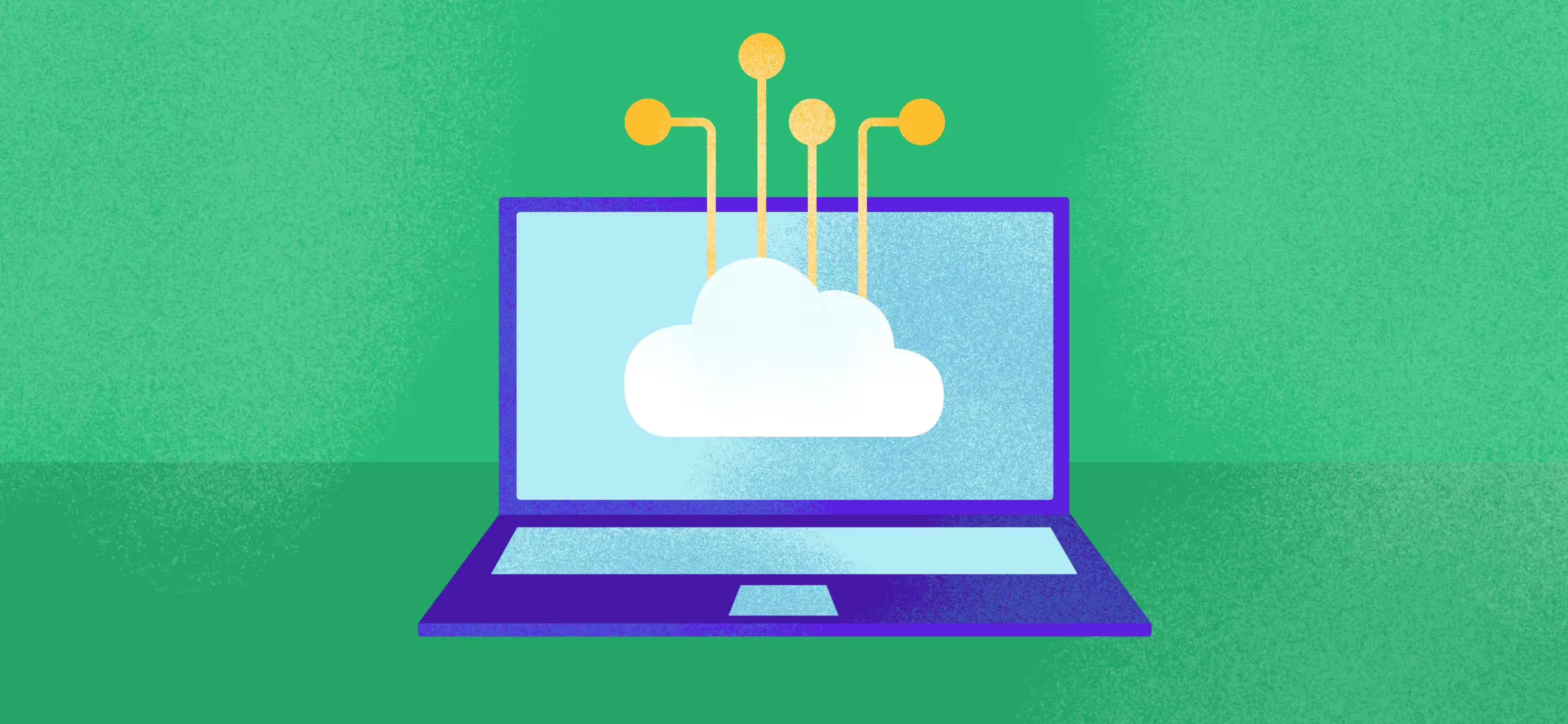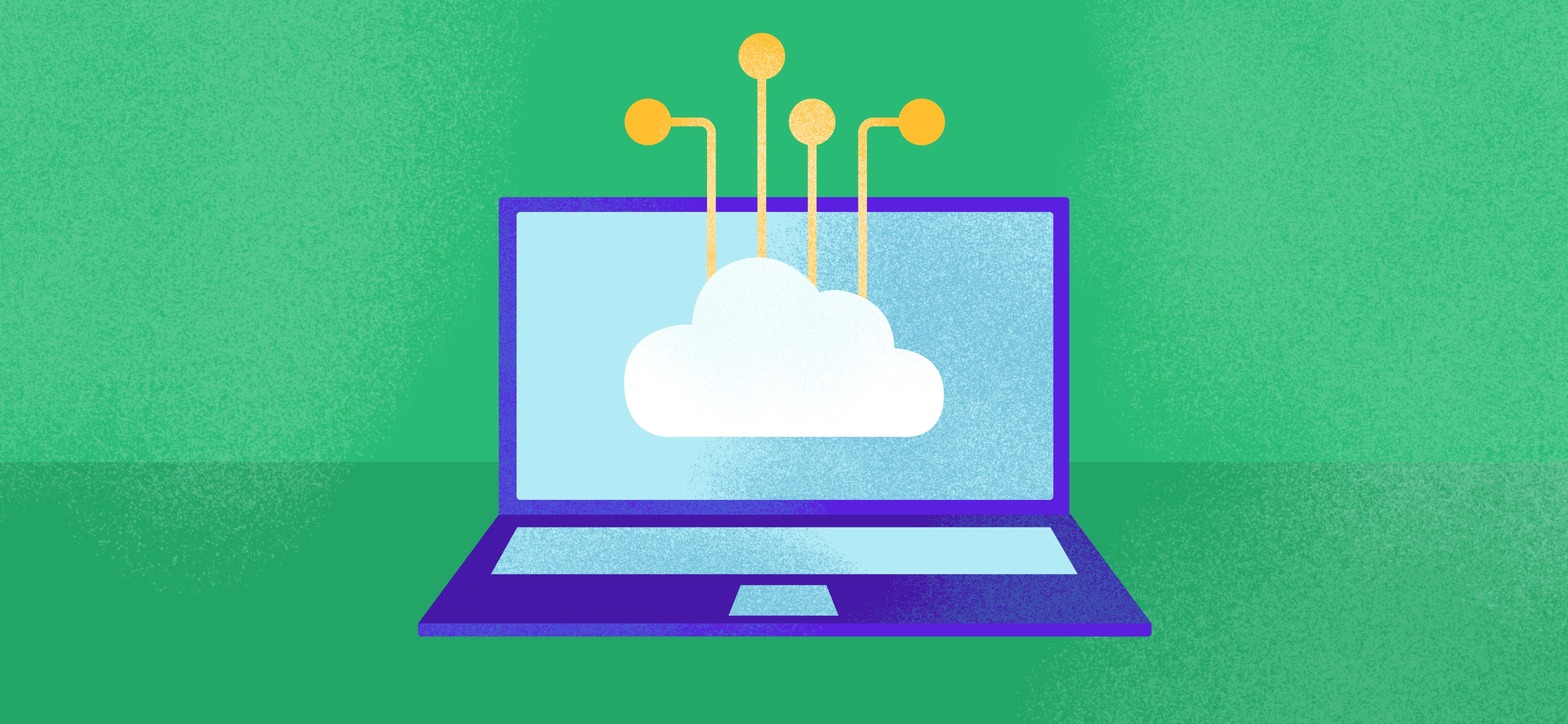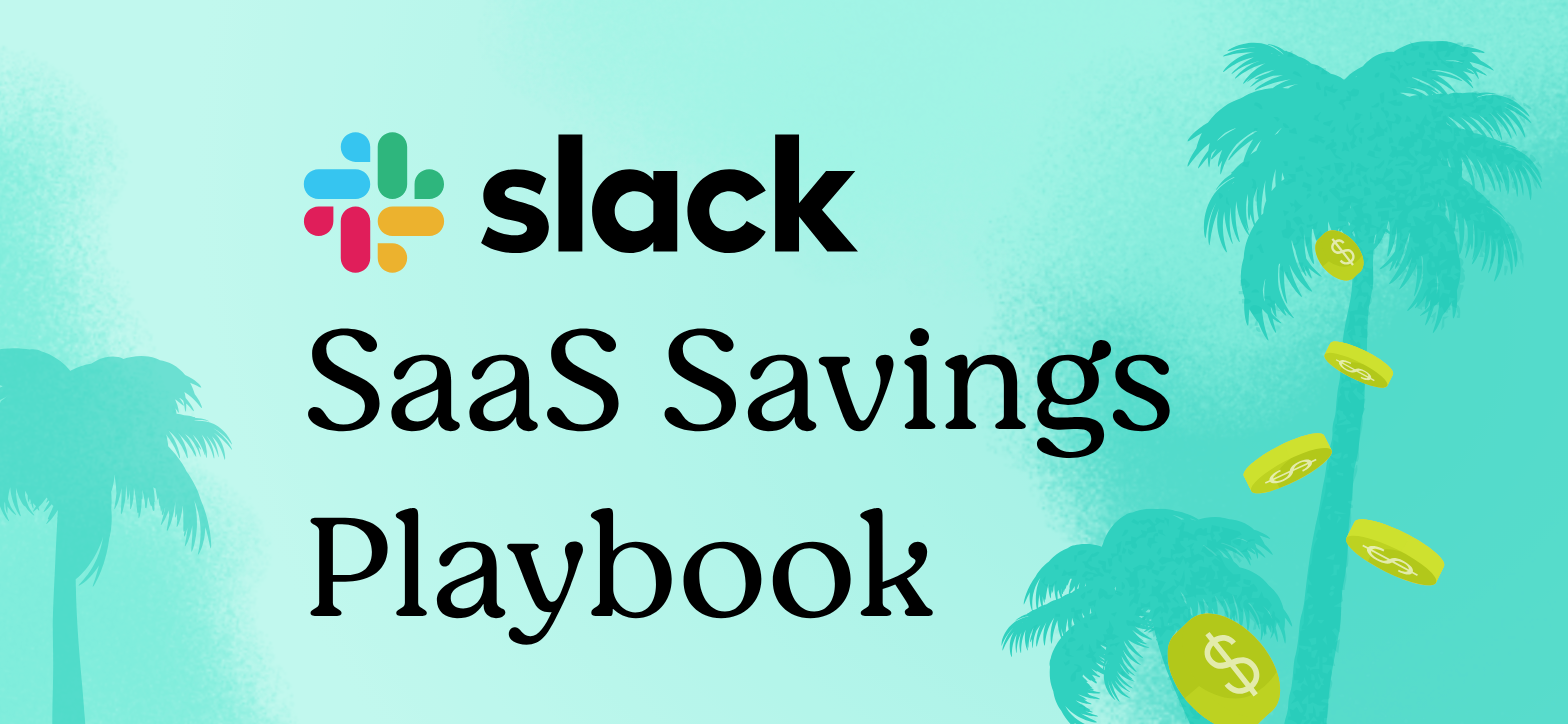The landscape of software procurement is rapidly evolving, and one of the most significant shifts in recent years is the rise of usage-based pricing models. Traditionally, businesses have relied on fixed-seat subscriptions, but as companies demand greater flexibility, vendors are increasingly adopting pricing structures that scale with actual usage. This shift presents both opportunities and challenges for procurement teams that need to manage budgets while ensuring operational efficiency.
Tropic’s 2025 Spend Report highlights how this shift is impacting software spending, especially in AI-driven tools. This article explores the reasons behind the adoption of usage-based pricing, its benefits and challenges, and actionable strategies for procurement professionals to adapt to this evolving pricing model.
Read the full 2025 Spend Report to see market trends and procurement patterns from our analysis of nearly $11B spend, to learn you exactly how data, when leveraged correctly, becomes your strategic advantage in spend management. These insights will help you build smarter processes and make more informed decisions in 2025.
What is Usage-Based Pricing?
Usage-based pricing, also referred to as consumption-based pricing, is a model where customers pay for a product or service based on their actual usage rather than a flat subscription fee. This model has gained traction in industries where usage varies significantly among customers, particularly in cloud computing, AI-driven software, and API-based platforms.
Key Characteristics of Usage-Based Pricing
- Flexible Cost Structure: Companies only pay for what they use, making it ideal for businesses with fluctuating needs.
- Scalability: Enables businesses to start small and expand usage as needed.
- Value-Driven Pricing: Encourages customers to maximize the software’s value, as costs align with usage.
- Dynamic Billing: Charges can vary month-to-month depending on consumption, requiring careful budget planning.
Some well-known examples of usage-based pricing include AWS, Google Cloud, and Snowflake, where costs are tied to compute power, storage, or data transfer. AI-powered tools are leading this shift, with enterprises rapidly adopting this pricing model to align costs with performance and outcomes.
Why Usage-Based Pricing is Gaining Popularity
Several factors are driving the rapid adoption of usage-based pricing across industries. Here’s why vendors and enterprises alike are embracing this model:
Flexibility and Scalability
Unlike traditional pricing models that require businesses to commit to a fixed number of licenses, usage-based pricing allows organizations to scale their software costs in real time. This is particularly beneficial for businesses experiencing fluctuating workloads or seasonal demand.
Alignment with Value Delivered
Under traditional pricing models, businesses often pay for seats or features they rarely use. With usage-based pricing, companies can ensure they only pay for what drives real value, optimizing their return on investment (ROI).
Cost-Effectiveness for AI and Cloud Services
AI and cloud computing require massive computing power, and traditional per-seat pricing is not always feasible. AI-native tools are among the fastest-growing categories for software spend, largely due to their usage-based pricing models that allow enterprises to control costs dynamically.
Vendor Incentives to Drive Engagement
Vendors benefit from usage-based pricing because it encourages long-term engagement. Unlike subscription-based models, where churn is a risk once a contract is up, a usage-based model ensures customers continuously interact with the software, leading to higher retention rates.
Procurement and Budgeting Challenges
While usage-based pricing provides flexibility, it introduces new challenges in procurement, particularly in budgeting and forecasting. Here’s how procurement teams can manage these challenges:
- Unpredictable Spending Patterns
One of the biggest drawbacks of usage-based pricing is its variable costs. Unlike fixed contracts, where expenses are predictable, usage-based models can lead to budget overruns if not carefully managed.
- Difficulty in Negotiating Fixed Costs
Traditional procurement strategies often involve negotiating discounts for bulk purchases. However, with usage-based pricing, it becomes harder to lock in fixed rates. Procurement teams must focus on securing volume discounts, caps, or tiered pricing structures to maintain cost control.
- The Need for Real-Time Spend Monitoring
Without robust spend tracking, costs can spiral out of control. Finance and procurement teams must implement real-time spend monitoring tools to gain visibility into usage trends and prevent unexpected charges. Finance teams using modern spend management tools have 99% visibility into vendor contracts, making such tools essential for managing usage-based pricing models.
How to Adapt to Usage-Based Pricing in Procurement
Given the challenges and opportunities of this pricing model, procurement teams must adopt new strategies to stay in control of their spending.
- Implementing Monitoring Tools for Usage Tracking
Usage-based pricing requires real-time oversight. Investing in AI-powered spend management platforms can help track software utilization and alert finance teams to unusual spending patterns before they become problematic.
- Setting Budget Thresholds and Alerts
Establishing pre-defined usage thresholds can prevent cost overruns. Procurement teams should work with finance departments to set up automatic alerts when software usage exceeds budgeted levels.
- Negotiating Usage Caps and Discounts with Vendors
While per-unit costs may be non-negotiable, procurement professionals can negotiate usage-based contracts that include:
- Tiered Pricing: Lower rates at higher usage levels.
- Annual Commitments with Flexible Drawdowns: Locking in discounts while maintaining flexibility.
- Spending Caps: Hard limits to prevent overages beyond a certain budget.
- Conducting Regular Usage Audits
Regular audits help procurement teams understand how software is being used and identify inefficiencies. This can also support renegotiations with vendors or the consolidation of underutilized tools.
- Training Teams on Cost Awareness
Many software cost overruns stem from employees using tools without understanding pricing implications. Providing internal training on how software usage translates into costs can help curb unnecessary spending.
Conclusion
The shift to usage-based pricing is transforming software procurement, offering businesses unprecedented flexibility while introducing new financial challenges. AI and cloud-based tools are leading this change, making it essential for procurement teams to adapt.
To thrive in this new landscape, procurement professionals must adopt robust monitoring tools, negotiate smart contracts, and proactively manage software usage. By doing so, they can ensure their organizations benefit from the cost efficiencies of usage-based pricing while avoiding budgetary pitfalls.
As companies continue to embrace AI and scalable cloud solutions, understanding and managing usage-based pricing will become a core competency for procurement teams. Those who master this model will not only optimize their spending but also drive greater business value from their software investments.







